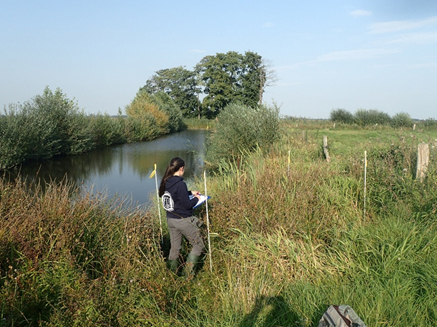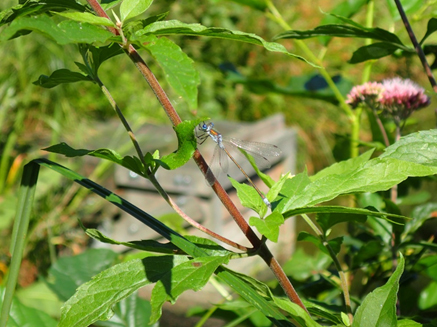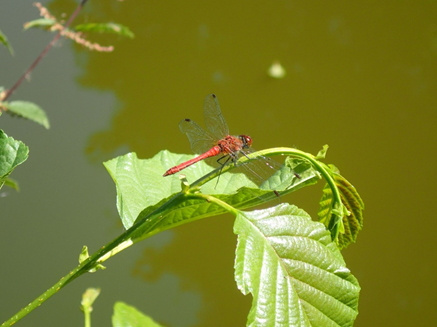With the increasing spread of coypu and muskrat, their harmful effects become the focus of attention. Both species dig tunnels and burrows on embankments and feed on aquatic vegetation, damaging mainly reed plants like reed and bulrush. Reed vegetation constitutes the habitat of numerous animal species: birds such as the great bittern or the reed warbler breed here and migratory birds look for resting places on their transit in reeds. Different species of fish spawn in the reed beds, where juvenile fishes can find protection from predators thereafter. Furthermore, various insects, including many dragon- and damselflies, depend on reed plants.
Coypu and muskrat can massively damage reed vegetation through their burrowing and feeding activities and thereby compromise the habitat of numerous protected animal species.
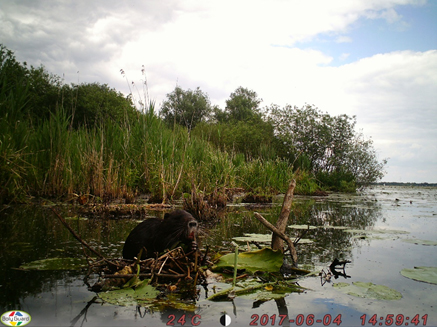
As part of the MICA project, the effects of coypu and muskrat on biodiversity are being investigated. For this purpose, mapping of aquatic vegetation, bird populations and dragonflies is carried out several times a year in the project areas and compared with data on the occurrence of coypu and muskrat (hunting statistics and camera trap monitoring).
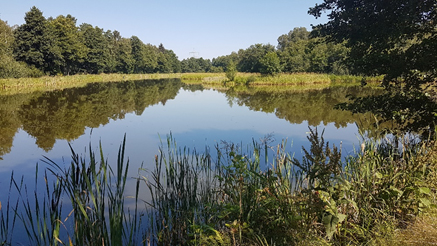
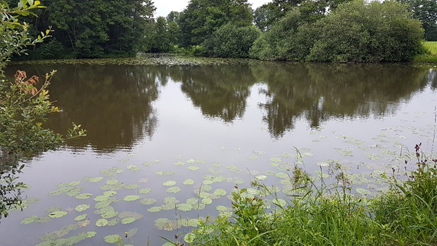
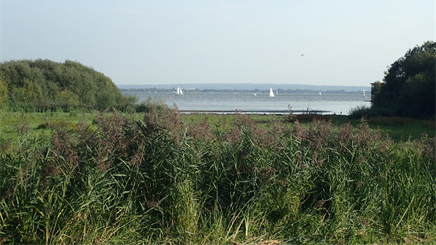
The Institute for Terrestrial and Aquatic Wildlife Research of the University of Veterinary Medicine Hannover and the Agricultural Chamber Lower Saxony carried out the first field mapping of the aquatic vegetation and dragonfly species in the German project areas in August and September this year.
